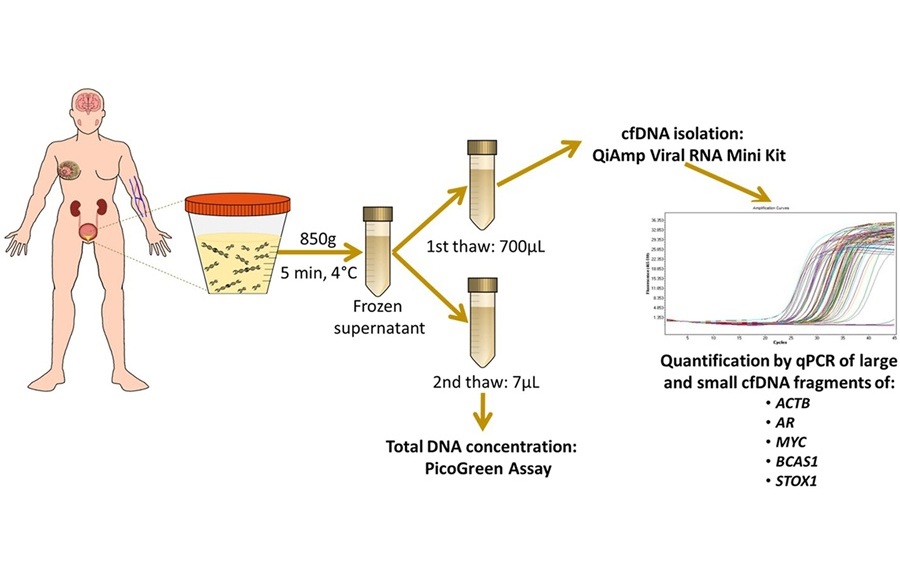Circulating Tumor DNA Detects Early Melanoma Growth
By LabMedica International staff writers
Posted on 11 Dec 2018
According to the National Cancer Institute, there were 91,270 new cases of melanoma in 2018, making up more than 5% of all new cancer cases. There were 9,320 estimated deaths in 2018, and 91.8% of patients survive five years or longer.Posted on 11 Dec 2018
Measuring and monitoring tumor DNA (ctDNA) that naturally circulates in the blood of melanoma patients can not only reliably help reveal the early stages of cancer growth and spread but also uncover new treatment options that tumor genetic analysis alone may not.

Image: A malignant melanoma of the skin (Photo courtesy of Juan Gaertner).
Scientists at the Johns Hopkins Kimmel Cancer Center (Baltimore, MD, USA) analyzed blood-based ctDNA from 119 advanced-melanoma patients. The patients were divided into three groups based on the type of tumor they had and potential mutations that were common and reoccurring in those tumors.
The first group, comprised of 60 people, were patients with radiographically measurable metastatic melanoma, regardless of tumor mutation status. In this group, ctDNA testing revealed a targetable mutation in 38 of the 60 patients. In 33 of those patients, the mutations found using ctDNA matched the mutations found in tumor specimens. In two patients, ctDNA testing revealed a mutation that tumor testing had not.
In the second group, there were 29 patients with surgically removed high-risk (stage IIB-IV) melanoma whose tumor tissue revealed any of the seven common mutations. In this group, none of the patients whose melanoma tumors were surgically removed had evidence of disease before the study. However, five of 29 patients were discovered to have recurrent melanoma during the study, and in two of those cases, ctDNA was detected.
The third group had 30 patients who were receiving or had received therapy for advanced melanoma and had any of the seven common mutations. Of the 30, 17 experienced partial or complete response to therapy, which was confirmed using computer tomography (CT) scans over 8, 14, 25 and 38 week periods, and no ctDNA was found in those patients after an initial CT scan evaluation. In the remaining 13 patients, ctDNA was detected during their treatment. In four of those 13, the disease was detected simultaneously by a CT scan and ctDNA results. In four others, ctDNA results predicted disease progression that was confirmed by using CT scan.
Evan J. Lipson, MD, an associate professor of oncology and co-author of the study said, “When genetic testing of the tumor alone was used for some of the patients, it did not reveal any option for targeted therapy. It turned out that when we looked in the bloodstream, lo and behold, we found ctDNA that uncovered options for therapy that provided benefit for patients and that otherwise were not going to be used.” The study was published in the October 2018 issue of the journal Molecular Oncology.
Related Links:
Johns Hopkins Kimmel Cancer Center










 (3) (1).png)



